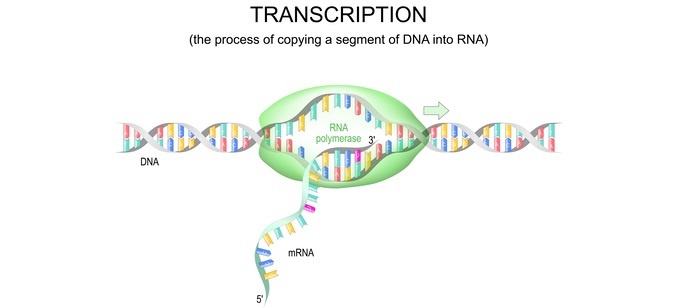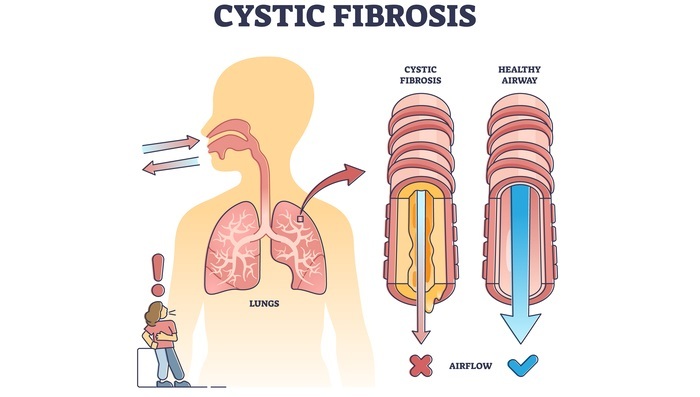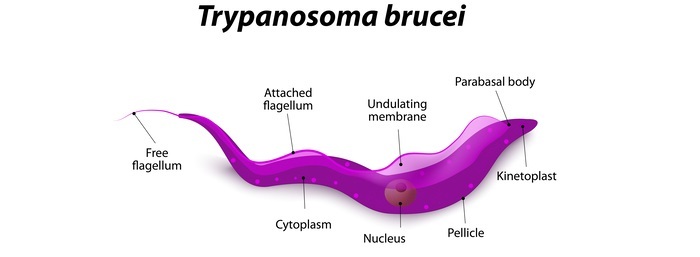
 Data Structure
Data Structure Networking
Networking RDBMS
RDBMS Operating System
Operating System Java
Java MS Excel
MS Excel iOS
iOS HTML
HTML CSS
CSS Android
Android Python
Python C Programming
C Programming C++
C++ C#
C# MongoDB
MongoDB MySQL
MySQL Javascript
Javascript PHP
PHP
- Selected Reading
- UPSC IAS Exams Notes
- Developer's Best Practices
- Questions and Answers
- Effective Resume Writing
- HR Interview Questions
- Computer Glossary
- Who is Who
RNA Editing: An Overview
Introduction
RNA, or Ribonucleic Acid, is a vital molecule in the process of protein synthesis. It serves as the template for the formation of proteins, which are the building blocks of life. RNA is synthesized from DNA, or Deoxyribonucleic Acid, and carries the genetic information from the DNA to the ribosome, where it is translated into proteins.
RNA Editing is the process of altering the genetic information of RNA molecules. This process can involve the addition, deletion, or modification of nucleotides, which are the building blocks of RNA.

RNA Editing is an essential process that plays a crucial role in the regulation of gene expression, the maintenance of genomic integrity, and the evolution of species.
Types of RNA Editing
RNA Editing can be broadly classified into two types ?
A-to-I editing.
C-to-U editing.
A-to-I editing involves the conversion of adenosine (A) to inosine (I) in RNA molecules.
C-to-U editing involves the conversion of cytosine (C) to uracil (U) in RNA molecules.
A-to-I editing is the most common type of RNA Editing and is carried out by enzymes called adenosine deaminases acting on RNA (ADARs).
ADARs catalyze the conversion of adenosine to inosine by the deamination of the amino group. Inosine is recognized as guanosine (G) by the ribosome during translation, leading to the incorporation of amino acids that are different from those specified by the DNA sequence.
C-to-U editing is carried out by a family of enzymes called cytidine deaminases. These enzymes catalyze the conversion of cytosine to uracil by the deamination of the amino group. Uracil is recognized as thymine (T) by the ribosome during translation, leading to the incorporation of amino acids that are different from those specified by the DNA sequence.
Steps Involved in RNA Editing
RNA Editing involves several steps, including RNA synthesis, pre-mRNA processing, editing, and post-editing processing.
RNA Synthesis
RNA is synthesized from DNA by a process called transcription. During transcription, the DNA sequence is copied into RNA by RNA polymerase.

Pre-mRNA Processing
Pre-mRNA is the primary transcript of the DNA sequence, and it undergoes several processing steps before becoming mature mRNA. The pre-mRNA is modified by the addition of a 5' cap and a poly(A) tail, and introns are removed by splicing.
Editing
During editing, the genetic information of RNA molecules is altered by the addition, deletion, or modification of nucleotides. A-to-I editing and C-to-U editing are the two most common types of RNA Editing.
Post-editing Processing
Pre-mRNA is the primary transcript of the DNA sequence, and it undergoes several processing steps before becoming mature mRNA. The pre-mRNA is modified by the addition of a 5' cap and a poly(A) tail, and introns are removed by splicing.
Uses of RNA Editing
RNA Editing plays a crucial role in various biological processes, such as gene expression regulation, immunity, and disease. RNA Editing has several applications in the field of molecular biology and medicine.
RNA Editing can be used to correct genetic mutations that cause disease. For example, RNA Editing has been used to correct a mutation in the mRNA that causes cystic fibrosis.

RNA Editing can be used to generate new protein isoforms with different functions. For example, RNA Editing can generate different isoforms of the neurotransmitter receptor, leading to changes in neuronal function.
RNA Editing can be used to study gene expression regulation and alternative splicing. For example, RNA Editing can be used to investigate the functional consequences of RNA Editing in different biological contexts.
RNA Editing can be used to develop RNA-based therapies. For example, RNA Editing can be used to modulate the expression of disease-related genes or to create new therapeutic targets.
RNA Editing can be used to study the evolution of species. For example, RNA Editing can create new gene products that can lead to new functions or adaptations.
10 Unknown Facts about RNA Editing
RNA Editing was first discovered in 1986 in Trypanosoma brucei, a unicellular parasite that causes African sleeping sickness.

RNA Editing is a widespread phenomenon that occurs in various organisms, from bacteria to humans.
RNA Editing is more prevalent in the nervous system than in other tissues, and it plays a crucial role in neuronal function.
RNA Editing is a dynamic process that can be regulated by various factors, such as RNA-binding proteins, microRNAs, and non-coding RNAs.
RNA Editing can create new protein isoforms with different functions, such as altered catalytic activity, subcellular localization, or protein-protein interactions.
RNA Editing can also affect alternative splicing, which is the process of generating different mRNA isoforms by the inclusion or exclusion of exons.
RNA Editing can cause mutations that are not present in the DNA sequence, leading to changes in the proteome that cannot be predicted by the genome.
RNA Editing can lead to the creation of novel genes and the expansion of gene families.
RNA Editing can have adaptive functions in response to environmental stress, such as temperature, pH, or ion concentration.
RNA Editing can have pathological consequences when it occurs in disease-related genes, leading to changes in protein function or expression levels.

